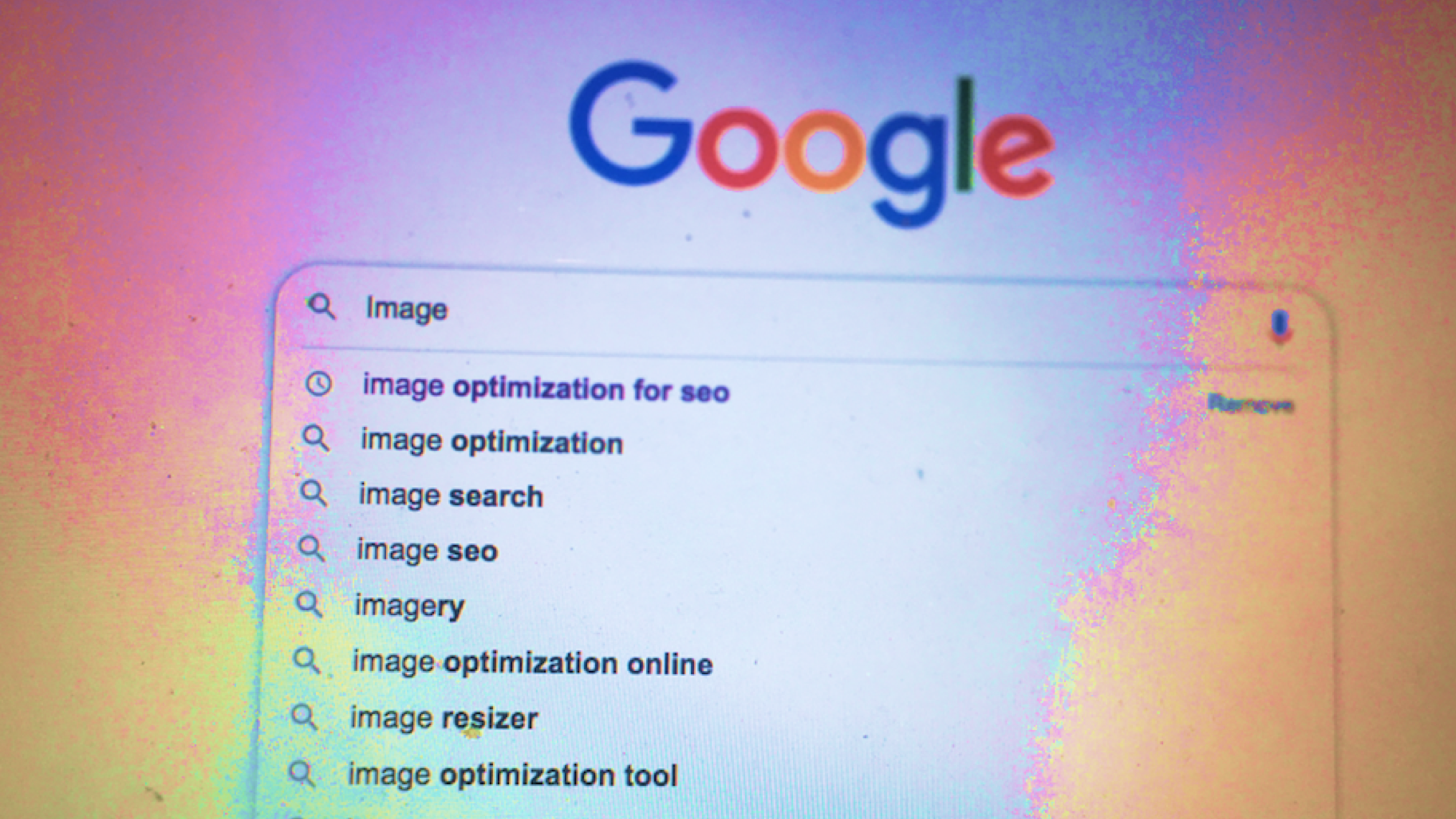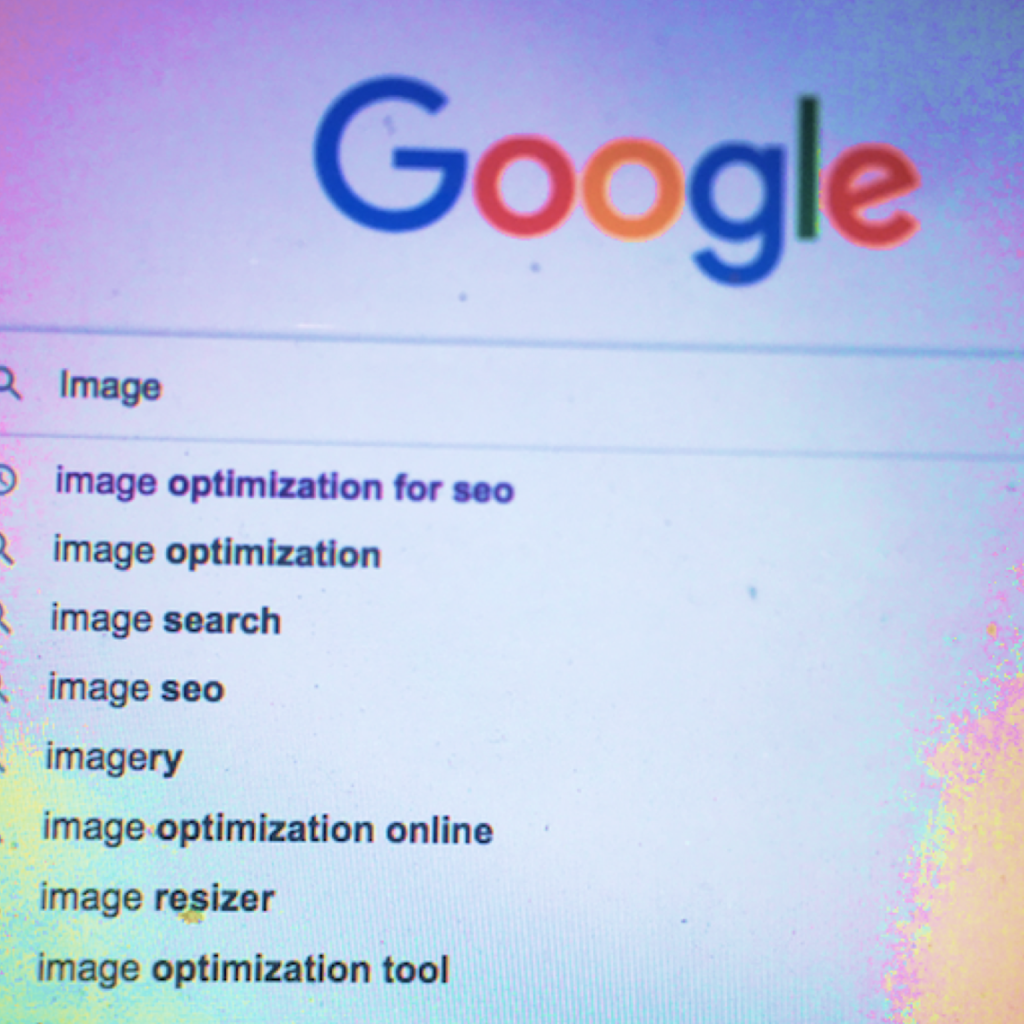LSA Insider periodically invites experts in a field relevant to our community to share practical advice on how to do the business of local better. This ExpertTake post features Boostability‘s Mike Marsh explaining image optimization and why it’s an essential component of effective SEO today.
Search engine optimization plays a crucial role in a strong marketing campaign. Companies with websites can use this to capitalize on ranking in search query results. They do this by taking active measures to position content on their website as the best answer to a question. Business owners often see the value of this for text, such as a services webpage copy and articles. Still, many overlook the benefits of SEO for images.
Some people may not know how to optimize images or why they should spend any resources on tackling this. Forbes provides a notable answer. It points out that in 2018, Google made attempts to curb image theft by replacing the “view image” function in image searches with “visit site.”
Instead of just viewing the image on a separate page, consumers now get transferred to the website hosting the image. Because 72% of search engine users rely on photos as part of their pre-purchase research, this leads to an increase in organic traffic. Wouldn’t it be great if the images searchers looked up were yours? They could be the case if you focus on SEO for images as part of your marketing strategy.
Start With Image Names
When you share images on your website, even if you do not have exclusive rights, you should ensure you change the image name. Whether you take your own photographs, hire a professional or buy them online, they usually come with a generic code or filename. Some may at least say “image-provider-girl-bicycle” but others may be as vague as “Image 1490267274.jpg.”
Neither of these provides Google bots with the information they need to properly classify and rank your image. In contrast, “girl on a bicycle” tells Google precisely what is going in the photo. If your company manufactures or sells the bicycle, then “girl riding bicycle X model X color X” provides even more information. This level of detail is an excellent example of good SEO for images.
Move On to Alt Tags
You may notice that even Instagram now requests alt tags, but this has been a part of optimizing visuals on websites for some time now. Alt tags are intended to help people who cannot view the image to understand what it illustrates. This may happen if the image fails to load or gets deleted.
People aren’t the only ones who make use of this information, though. Google bots go snooping through alt tags to better “see” the image too. If the image filename is already detailed, some marketers may use the same information for the alt tags. Still, it doesn’t hurt to switch it up a little when doing SEO for images. Using the same example above, you could use “girl riding bicycle on hiking trail in the fall.”
Capitalize on Context Clues
Have you ever read a webpage and instantly recognized the keywords due to awkward stuffing? Some website owners become so focused on getting in phrases in a specific way that they compromise readability. Google does pay attention to context. Context clues help to provide additional information so Google better understands the purpose of the image.
Return to the bicycle company example. Say you decide to write an article on the importance of staying active outdoors and not just in the gym. On the page, going for a ride on a trail is one of the activities you recommend. Google reads the image as relevant to the content based on the alt text and image filename suggested above. Note that the caption also helps to provide context when working on SEO for images.
Include Your Keywords
Providing details can do wonders for how well your image ranks in online searches. However, details alone do not take into consideration the specific wording your SEO team may have come up with for you to sprinkle throughout your website. So, remember to include the keywords in the text of the page the image is on as well as the image descriptions.
Ideally, use keywords as close to the beginning of filenames as possible and separate them using hyphens. Some people prefer the aesthetics of underscores, but the crawlers from Google and other search engines may not read those well. They read hyphens better as a space to separate the words. Remember that alt tags, descriptive text, and captions also require text, so use keywords here too. However, try to avoid unnatural stuffing when working on SEO for images.
Consider the Image Size
Size matters when it comes to optimizing images because speed matters. The bigger the images are on your website, the longer they take to load. The slower your website is, the more Google penalizes it to account for the user experience. When people access your website via a smartphone or tablet, it also eats through their data to load images on your website. Note that not everyone has the privilege of an unlimited data plan.
That said, the image quality also plays a role in SEO for images. While you should ensure your images are small enough to load quickly, you need to find a good compromise between speed and aesthetics. The format of the image may also play a role. Consider JPG for your colorful photos where you want to showcase details and PNG for simpler images.
Use Graphics for Summarizing
Are you a skimmer? Even if you typically read content all the way through, chances are you have scanned through information online to first decide if the article answers the questions you have in mind. You might be scanning this article right now. So, how do you grab the attention of scanners, particularly the ones who do so routinely? Marketers have come up with a few solutions.
One common method is to add the total read time alongside the title of the article. You may have noticed those “five-minute read” annotations before. Another method is to summarize the main points in bullet format at the top. News agencies often do this. Finally, you may use infographics to improve SEO for images and text. This illustrates the value of the article in a fun and easy-to-understand format.
Rely on Unique Images
Not every company can afford to pay a photographer to travel the state or world and take beautiful pictures on its behalf. Few may even be able to commission a photographer to produce one-of-a-kind photos locally for their exclusive use. Because of this, many companies rely on stock images for their ads, articles and marketing copy.
While images do improve the overall appeal of copy, optimizing images requires unique photos. Google and other search engines know how to identify similarities between photos to reduce repetition in the search results. This is just one of the many reasons diversity is integral to effective SEO for images.
Give Proper Credit
Sometimes using someone else’s image is unavoidable. Maybe fans share amazing photos of your product used in a real-life setting and you have obtained permission to showcase these on your website. In other instances, you may decide to buy stock images to use as featured images for your articles.
Whatever the reason, attribution is an integral part of SEO for images. Check the user agreement for the provider and then again for each photo to see what the attribution requirements are. Note that failure to comply may lead to lawsuits for copyright infringement. If the image comes from a free website, the more likely it is that attribution is necessary, but this is not always the case. Even so, many marketers consider attribution a common courtesy.
If you follow the tips included here, you may begin to see improvements in your website traffic, sometimes almost immediately. More commonly, it may take a few weeks to a month for the bots to catch on to the changes you made to improve SEO for images.

While effective, these techniques just scratch the surface of how to optimize images. For professional assistance, consider our SEO services at Boostability. Start off with a free website analysis today.
Be the first to hear news about Local, events, and research. Click here to subscribe for updates from the LSA.





